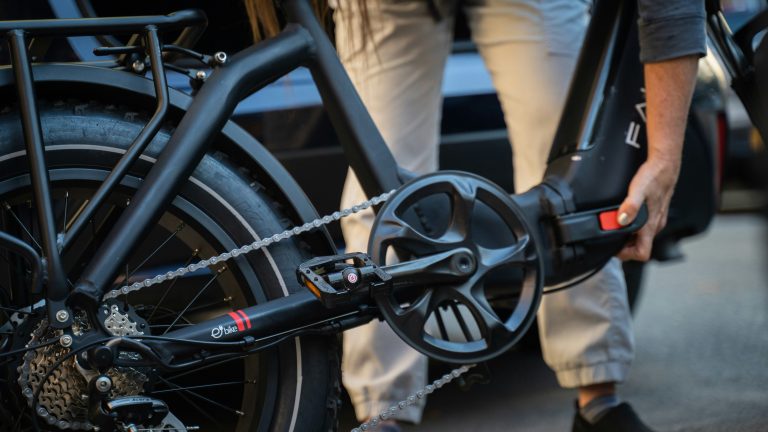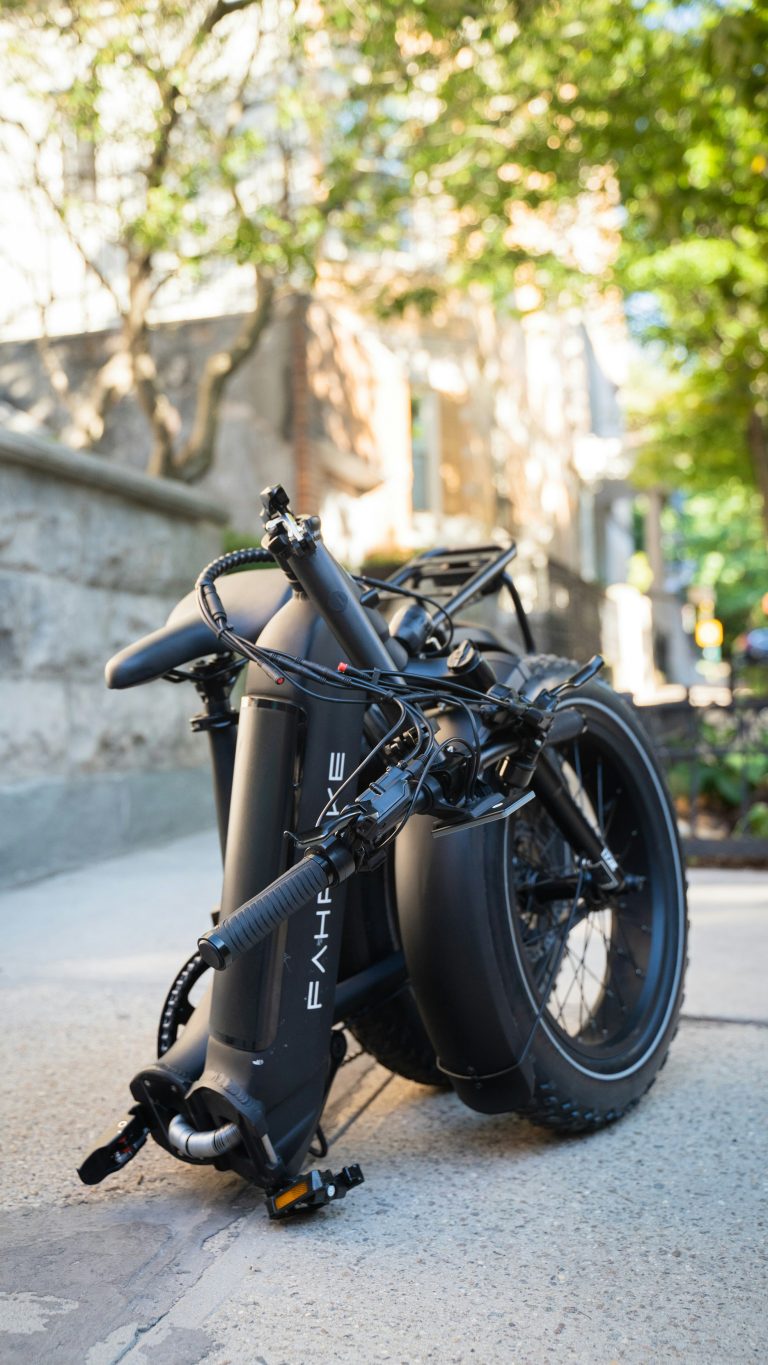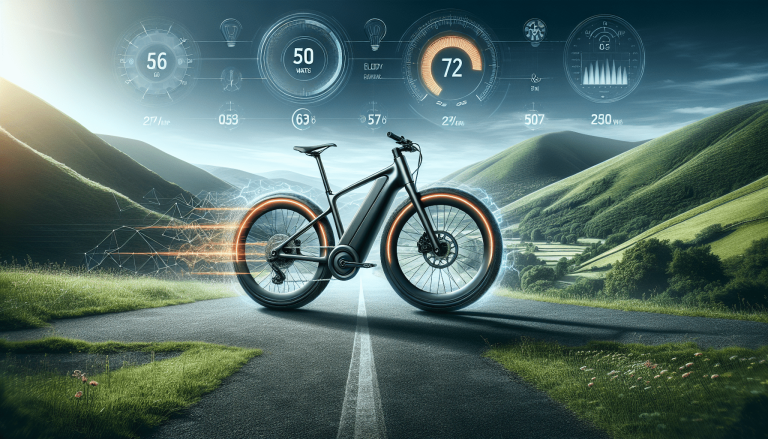How Long Should An E-bike Battery Last?
So you’ve just purchased an e-bike and you’re excited to hit the road, but there’s one question on your mind – how long should the battery last? Whether you’re a seasoned e-bike rider or a newbie, this is a common concern. In this article, we will explore the average lifespan of an e-bike battery, factors that can affect its longevity, and tips on how to prolong its life. So sit back, relax, and let’s uncover the secrets behind maximizing the usage of your e-bike battery.
Factors Affecting E-bike Battery Life
When investing in an e-bike, one of the most important considerations is the battery life. After all, a long-lasting battery ensures that you can enjoy your rides without worrying about running out of power. However, several factors can affect the lifespan of an e-bike battery. Let’s explore each of these factors in detail to help you understand what to expect from your e-bike battery.
Battery Capacity
Definition
Battery capacity refers to the amount of energy a battery can store. It is typically measured in watt-hours (Wh). The higher the watt-hour rating, the longer the battery will last on a single charge.
Determining Factors
Several factors determine the battery capacity of an e-bike. These include the size and weight of the battery, as well as the efficiency of the battery management system (BMS). Additionally, the specific configuration and design of the e-bike can also impact the battery capacity.
Typical Ranges
E-bike batteries can vary significantly in capacity. The typical range for e-bike batteries is between 300Wh and 900Wh. Higher-end models may have even larger capacities, offering extended range and longer battery life.

Battery Chemistry
The chemistry used in e-bike batteries plays a vital role in their performance and lifespan. Here are some common battery chemistries found in e-bikes:
Lithium-ion (Li-Ion)
Lithium-ion batteries are widely used in e-bikes due to their high energy density, lightweight, and long lifespan. They offer a good balance between weight, capacity, and performance.
Lithium Polymer (Li-Po)
Lithium polymer batteries are similar to lithium-ion batteries but are lighter and more flexible. They are commonly used in slim or compact e-bike designs.
Nickel Cadmium (NiCd)
While not as commonly used in modern e-bikes, nickel cadmium batteries can still be found in older models. They offer high energy density but suffer from memory effect and have lower capacities compared to lithium batteries.
Nickel Metal Hydride (NiMH)
Nickel metal hydride batteries are another older technology that has been mostly replaced by lithium batteries. They offer better energy density than NiCd batteries but still fall short of lithium batteries in terms of capacity and performance.
Power Output
The power output of an e-bike battery is crucial for determining the overall performance and efficiency of the e-bike. Here are some key considerations related to power output:
Low Power vs High Power Batteries
E-bike batteries come in various power output options. Low power batteries are typically found in budget-friendly models, offering lower speeds and limited range. High power batteries, on the other hand, are capable of delivering more power and are often used in performance-oriented e-bikes.
Motor and Battery Compatibility
The power output of the battery must be compatible with the e-bike’s motor. Mismatched power outputs can result in reduced performance or even damage to the motor or battery.
Power Assistance Levels
Some e-bike models offer multiple power assistance levels, allowing the rider to conserve battery power by choosing a lower assistance level. This feature can help extend the battery life, especially during long rides or challenging terrain.

Terrain and Riding Conditions
The terrain and riding conditions you encounter can significantly impact the battery life of your e-bike. Here are some key factors to consider:
Flat Terrain vs Hilly Terrain
E-bike batteries tend to last longer on flat terrain compared to hilly terrain. When riding uphill, the motor has to work harder, resulting in faster battery drain. On the other hand, riding on flat terrain allows the motor to operate more efficiently, preserving battery life.
Off-road vs On-road Riding
Off-road riding, with its uneven surfaces and constant changes in speed, can be more demanding on the battery compared to smooth on-road riding. The additional strain on the motor and battery during off-road rides can reduce the overall battery life.
Headwinds and Tailwinds
When riding against strong headwinds, the motor needs to work harder, leading to increased battery consumption. Conversely, riding with tailwinds can provide a slight boost to the battery life.
Rider Weight
The weight of the rider can affect the battery life of an e-bike. Heavier riders require more power to maintain the same speed, resulting in increased battery usage.
Temperature
The temperature at which you ride your e-bike can have a significant impact on the battery life. It’s important to understand the effects of both cold and hot temperatures on e-bike batteries:
Effects of Cold Temperatures
Cold temperatures can cause a reduction in battery capacity and overall performance. The chemical reactions within the battery slow down in colder conditions, leading to a decrease in available power.
Effects of Hot Temperatures
High temperatures can also affect battery performance and lifespan negatively. Extreme heat can accelerate the degradation of the battery cells, shortening their overall lifespan.
Optimal Temperature Range
To maximize the lifespan and performance of your e-bike battery, try to ride within the optimal temperature range specified by the manufacturer. This range is typically between 20°C (68°F) and 25°C (77°F).

Charging Cycles
Understanding charging cycles is crucial for managing your e-bike battery effectively. Here are some important points to consider:
Meaning of Charging Cycle
A charging cycle refers to the process of charging the battery from empty to full and then discharging it back to empty again. One charging cycle is considered complete when the battery has undergone a 100% charge and discharge.
Battery Performance and Lifespan
The number of charging cycles a battery can withstand before its performance begins to decline varies depending on the battery chemistry. Lithium batteries can generally handle several hundred charging cycles before experiencing significant degradation.
Partial vs Full Charging
Charging your e-bike battery in small increments, or topping it up before each ride, can lead to more charging cycles over time. However, fully discharging the battery before charging it back up may result in slightly longer overall lifespan.
Maintenance
Proper maintenance of your e-bike battery can help ensure its longevity and optimal performance. Here are some maintenance tips:
Proper Storage
When not in use, it’s essential to store your e-bike with a charged battery in a cool and dry place. Avoid exposing the battery to extreme temperatures or direct sunlight, as this can damage the cells.
Avoiding Over-discharge
Try to avoid fully discharging the battery, as this can lead to accelerated degradation. Most e-bikes are equipped with a battery management system that automatically shuts off the motor when the battery reaches a certain voltage to prevent over-discharge.
Regular Cleaning
Keeping your e-bike and battery clean can help prevent corrosion and ensure proper functioning. Use a gentle cleaning solution and a soft cloth to clean the battery casing and connections.
Checking Battery Connections
Periodically inspect the battery connections to ensure they are secure and free from dirt and corrosion. Loose connections or dirty terminals can result in poor electrical conductivity and reduced performance.
Battery Age
The age of an e-bike battery can significantly impact its performance and overall lifespan. Here’s what you need to know about battery age:
Typical Lifespan
The average lifespan of an e-bike battery is usually between three to five years. However, this can vary depending on factors such as usage patterns, charging habits, and the quality of the battery.
Signs of Aging
As an e-bike battery ages, you may start to notice a decrease in its overall capacity and range. The battery may also take longer to charge and deplete more quickly during rides. If you experience any significant and consistent drop in performance, it may be a sign that your battery is reaching the end of its lifespan.
Replacement Options
When your e-bike battery reaches the end of its lifespan, you generally have two options: replace it with a new battery or have the old battery refurbished. Most manufacturers provide replacement batteries that are compatible with their e-bike models, ensuring a seamless upgrade.
Weather
The weather conditions you encounter while riding your e-bike can impact the battery life and overall performance. Here are some weather-related factors to consider:
Effect of Rain and Moisture
Riding in heavy rain or exposing the battery to excessive moisture can lead to water damage and corrosion. It’s crucial to ensure that your e-bike’s battery and electrical components are properly sealed and protected against water ingress.
Protection Against Weather Elements
To protect your battery from the elements, consider using a battery cover or storing your e-bike in a shaded area when not in use. Additionally, always follow the manufacturer’s guidelines for waterproofing and maintenance to ensure the longevity of your e-bike battery.
In conclusion, understanding the various factors that can affect your e-bike battery life is essential for maximizing its lifespan and overall performance. Factors such as battery capacity, chemistry, power output, terrain, temperature, charging cycles, maintenance, battery age, and weather all play a significant role in determining how long your e-bike battery will last. By taking proper care of your battery and being mindful of these factors, you can enjoy many years of reliable and enjoyable rides on your e-bike.







